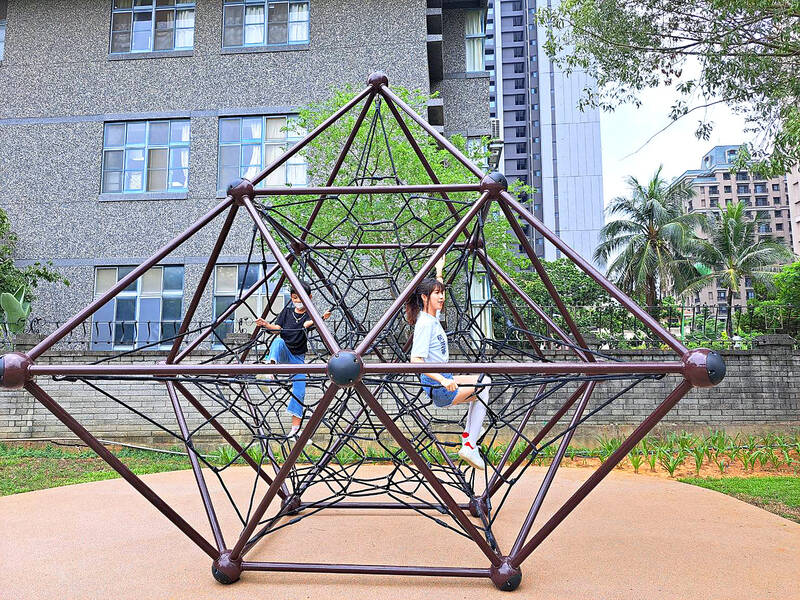BacK in the 1980s, the pioneering work of French scholar Philippe Aries on childhood and falling birth rates in the West drove demographers to revolutionize our theoretical understanding of adult reproductive behavior, which came to be known as the “second demographic transition” (SDT). Fertility was previously presumed to be cyclical: a small cohort of children grow up with plentiful resources and produce more babies. That larger cohort, experiencing tougher competition from a greater number of peers for resources, would in turn produce a small cohort of children once more, and so on. But as economic development produced vast material wealth, this cycle was broken.
The second demographic transition observed that people in developed societies of plentiful resources instead began to focus on “adult self-realization” as opposed to reproduction, as Ron Lesthaeghe, the major figure associated with the SDT, wrote in a 2014 review paper for the National Academy of Sciences. People want to focus on their relationships with partners, now that reliable contraceptives are available, and social mores have shifted to accepting cohabitation and forms of extramarital expression.
“Greater weight is attached to individual self-realization, recognition, grassroots democracy, expressive work and educational values,” Lesthaeghe writes.

Photo: Hung Mei-hsiu, Taipei Times
SDT has been trenchantly criticized, since not all of its ideas appear in societies with falling fertility rates. For example, in Taiwan there are few births out of wedlock, unlike in Western Europe. However, most nations outside of Africa are seeing fertility rates plunge, with the greatest declines in East Asia, especially in urban areas.
COHABITATION
When asked, Taiwanese are likely to cite the high cost of children, the price of houses, low salaries and long working hours as the reason they do not have children. Viewed against the SDT, these claims sound more like excuses than explanations. When was the last time anyone (academics aside) mentioned cohabitation, always an issue in the West, where birth rates crashed long before housing prices rose? Yet, it was already becoming common in Taiwan two decades ago.

Photo courtesy of the Yilan County Government
A 2005 Taiwan Panorama piece asked: “Cohabitation: Is It the Future of Marriage?” Just 15 years later, a Taiwan Insight piece on family structures in Taiwan by Yen-hsin Alice Cheng observed: “1998, roughly 10 percent of women born between the 1940s and 1970s had cohabited. This figure increased to 25-35 percent for those born between the 1960s and 1990s in 2012.”
Cheng notes in a scholarly paper that because out-of-wedlock children are frowned on, cohabitation has not become an alternate route for couples to produce children.
“Cohabitation has become less of a prelude to marriage than an alternative to singlehood,” she says.
A 2022 survey by the Childcare Policy Alliance found that 69.2 percent of respondents found cohabitation acceptable.
The National Development Council (NDC) identifies “Social trends such as marrying later, not marrying, not having children and having children later in life” as causing the plummeting birth rates in Taiwan.
A CommonWealth Magazine (天下雜誌) piece from last year noted that in 2022, 55 percent of Taiwanese men and 41 percent of women between the ages of 30 and 39 were unmarried. Among people in their 20s the ratios are even higher. Taiwan, the writer observed, is reaching the state where over half of the females in the reproductive years are unmarried. Marriage, as every adult knows, is strongly correlated with reproduction. Yet the NDC’s 2018 plans were “continuing to expand affordable education, increasing childcare subsidies, further reducing school fees, doubling childrearing allowances, continuing to promote family-friendly employment and workplaces, strengthening children’s health rights and protection, and promoting friendly childbirth related packages and other measures.”
MARRIAGE
All of these policies appear to assume that married people will be having kids. Yet marriage is in decline, occurring less often and later in life. Without policies that promote (earlier) marriage, in a society that rejects illegitimate children, policies that subsidize childrearing will have little effect.
During the election Taiwan’s birth rates became an issue, but all three candidates showed the usual lack of imagination that has come to characterize Taiwan’s policy thinking whenever decision-makers face a serious social problem requiring radical changes. Like turtles withdrawing into their shells when threatened, all candidates proposed increased subsidies for child-bearing, a form of vote-buying with taxpayer money. These have not been effective in other countries where they have been applied.
The SDT proposes a behavioral framework that shows how the diffusion of ideas and technologies across societies changes the behaviors of individuals. Other issues, ranging from environmental pollution, which raises infertility, to population density, are well known to impact birth rates. On Twitter, the poster More Births writes frequently and cogently on the urgent issue of apartment towers, which create dense, walkable, affordable living spaces that crater birth rates, in part because they cater to SDT lifestyles.
Yet Taiwan’s policies and policy proposals address none of these issues. Indeed, it is shocking how uninformed our leaders are by decades of scholarly work on this issue. Instead, direct subsidies are proposed, as they are for almost all issues, because, as I have noted before, they enable indefinite delays to wrenching system change.
A government audit released in June showed that half the nation’s houses are over 32 years of age. Thus, in the next decade or two much of the nation’s housing stock will have to be replaced. These homes should not become apartment towers, but larger single-family units (that should be especially true of social housing units). If necessary, revive the nation’s public construction firms to build them and redirect the nation’s massive rent subsidy program to funding them. Create spaces that will make this generation choose a lifestyle that includes children.
Time is running out.
Notes from Central Taiwan is a column written by long-term resident Michael Turton, who provides incisive commentary informed by three decades of living in and writing about his adoptive country. The views expressed here are his own.

Cheng Ching-hsiang (鄭青祥) turned a small triangle of concrete jammed between two old shops into a cool little bar called 9dimension. In front of the shop, a steampunk-like structure was welded by himself to serve as a booth where he prepares cocktails. “Yancheng used to be just old people,” he says, “but now young people are coming and creating the New Yancheng.” Around the corner, Yu Hsiu-jao (饒毓琇), opened Tiny Cafe. True to its name, it is the size of a cupboard and serves cold-brewed coffee. “Small shops are so special and have personality,” she says, “people come to Yancheng to find such treasures.” She

Late last month Philippines Foreign Affairs Secretary Theresa Lazaro told the Philippine Senate that the nation has sufficient funds to evacuate the nearly 170,000 Filipino residents in Taiwan, 84 percent of whom are migrant workers, in the event of war. Agencies have been exploring evacuation scenarios since early this year, she said. She also observed that since the Philippines has only limited ships, the government is consulting security agencies for alternatives. Filipinos are a distant third in overall migrant worker population. Indonesia has over 248,000 workers, followed by roughly 240,000 Vietnamese. It should be noted that there are another 170,000

Hannah Liao (廖宸萱) recalls the harassment she experienced on dating apps, an experience that left her frightened and disgusted. “I’ve tried some voice-based dating apps,” the 30-year-old says. “Right away, some guys would say things like, ‘Wanna talk dirty?’ or ‘Wanna suck my d**k?’” she says. Liao’s story is not unique. Ministry of Health and Welfare statistics show a more than 50 percent rise in sexual assault cases related to online encounters over the past five years. In 2023 alone, women comprised 7,698 of the 9,413 reported victims. Faced with a dating landscape that can feel more predatory than promising, many in

“This is one of those rare bits of TikTok fitness advice with a lot of truth behind it,” says Bethan Crouse, performance nutritionist at Loughborough University. “Sometimes it’s taken a bit too literally, though! You see people chugging protein drinks as they’re scanning out of their gym.” Crouse recommends the athletes she works with consume 20-30g of protein within 30-60 minutes of finishing a resistance training session. “The act of exercising our muscles increases the breakdown of muscle proteins,” she says. “In order to restore, or hopefully improve them — and get gains such as increased muscle mass or strength —